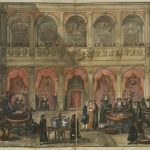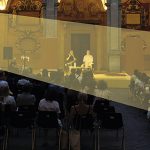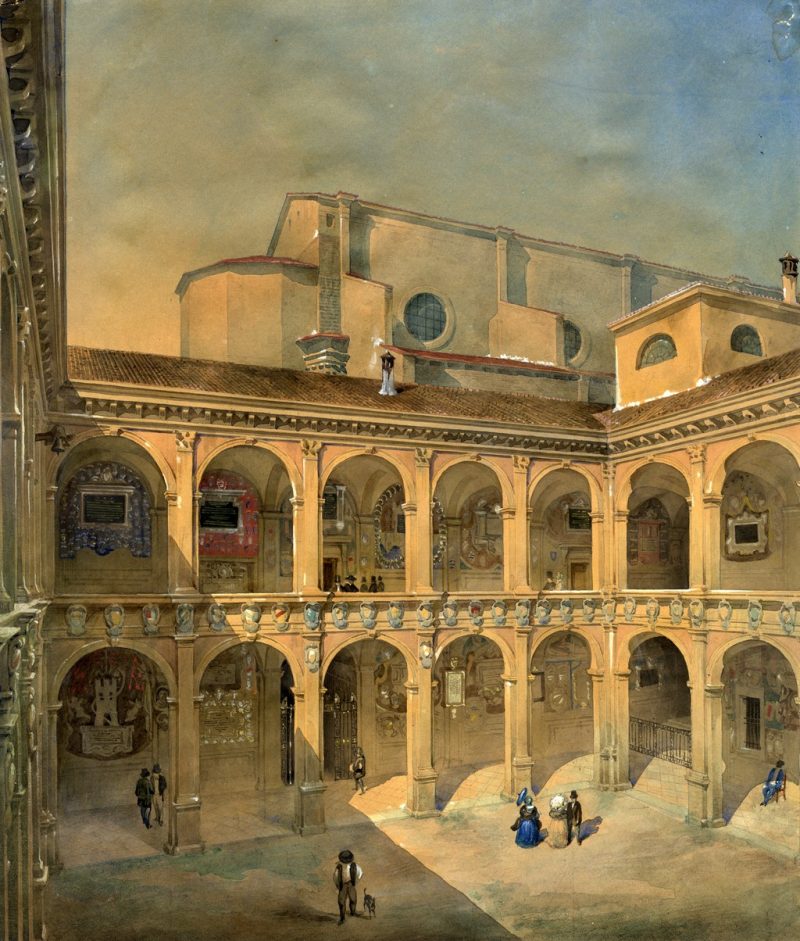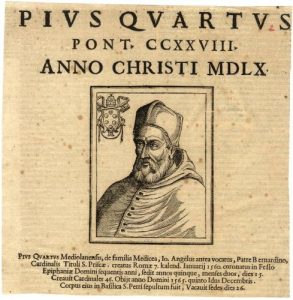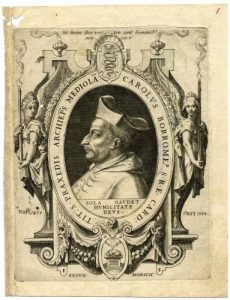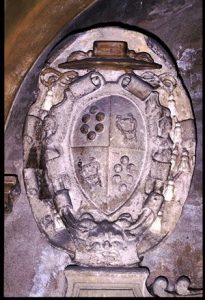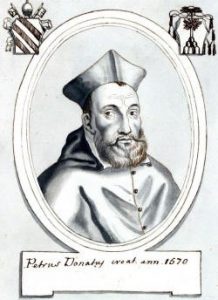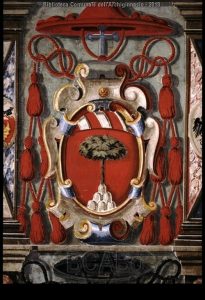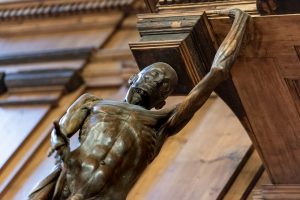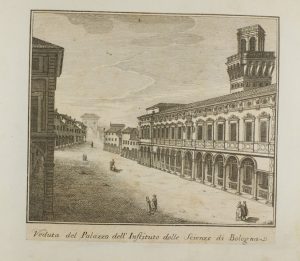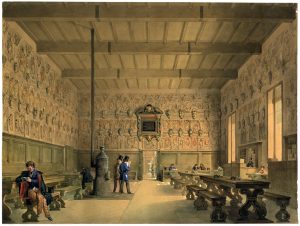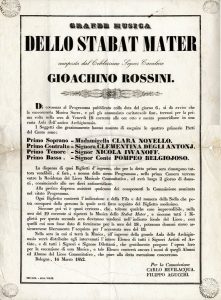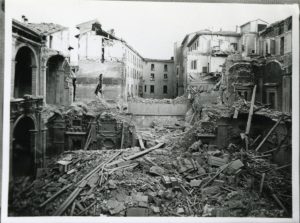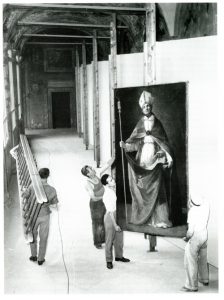1563
The Archiginnasio palace was built between 1562 and 1563 at the behest of the Papal Legate of Bologna, of Cardinal Carlo Borromeo, and of his deputy Pier Donato Cesi, and the project was designed by the Bolognese architect Antonio Morandi, called “Terribilia”.
The decision to build this architecturewas achieved in the cultural climate of the Council of Trent and its purpose was to give a unitary seat to the university teaching which, until then, was dispersed in various seats.
The protagonists of the foundation of the Palace:
1637
In that year, the Anatomical Theatre was built. It was designed by the Bolognese architect Antonio Paolucci, called “il Levanti”, a pupil of the Carracci.
1734
The two statues of the “Spellati” (“Skinned men”) were sculpted, and they were placed on the side of the canopy of the Anatomical Theatre. The statues were designed by Ercole Lelli, a famous wax modeller of the Institute of Sciences.
1803
The seat of the University was relocated in Via San Donato (now “Via Zamboni”) at the Poggi Palace, seat of the Institute of Sciences. For many years, the Archiginnasio Palace housed the Scuole Pie.
1835
The Palace became the seat of the Civic Library. On the 21st December 1835, the City Council voted for the relocation of the Library, founded in 1801 to house the book collections of religious corporations which were suppressed by the Napoleonic laws at the Archiginnasio Palace. In 1837 the deed took place and in 1839 the work adaptation began. The library was opened to the public on the 3rd February 1846. In order to adapt the palace to the needs of the library, new connecting doors were built between the ancient rooms, once independent and now intended to accommodate new wooden libraries, built so as not to conceal the frescoes.
1842
On the 18th of March the first Italian public performance of Gioacchino Rossini’s “Stabat Mater” took place in the auditorium of the Legisti (Law students), and it was directed by Gaetano Donizetti. In memory of that event, the hall takes the name of “Stabat Mater Hall”.
1861
Coriolano Monti built the connecting vault between the Archiginnasio Palace and the Hospital of Death in Via Foscherari, so that he expanded the space available for the library.
1888
On the 12th of June, there was the Commemoration of the eighth Centenary of the University of Bologna in the courtyard of the Archiginnasio. Giosuè Carducci pronounced the commemorative speech in the presence of the king Umberto I and the Queen Margherita di Savoia.
1944
On the 29th January, during an allied bombing, a bomb struck the eastern wing of the Archiginnasio. The palace was severely damaged: The Anatomical Theatre, the Chapel of S. Maria dei Bulgari with Bartolomeo Cesi’s frescoes and the Direction (now the Cabinet of drawings and prints) and Room 16 were completely destroyed.
1954
The glass windows designed by Leone Pancaldi were placed in the upper arcaded loggia four-porched, on the occasion of the exhibition on Guido Reni. The glass windows were completely substituted in 2006.
2015
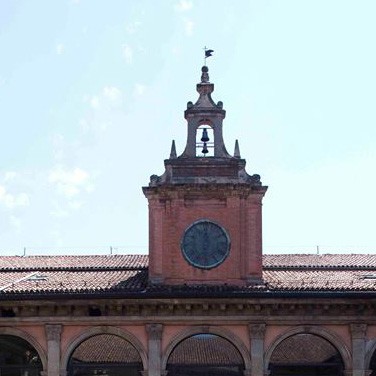
The clock that with its strokes marked the hours of lessons for the students returned to work. The current clock replaces that of the seventeenth century that was lost during the bombing of 1944, while the bells are the original ones. The greatest one has the inscription “Panico Gerardo, Bidello dei Signori Artisti e Medici, fece fare nel 1565” (“Panico Gerardo, the janitor of Artists and Physicians, did in 1565”).
”.
Curiosities:


